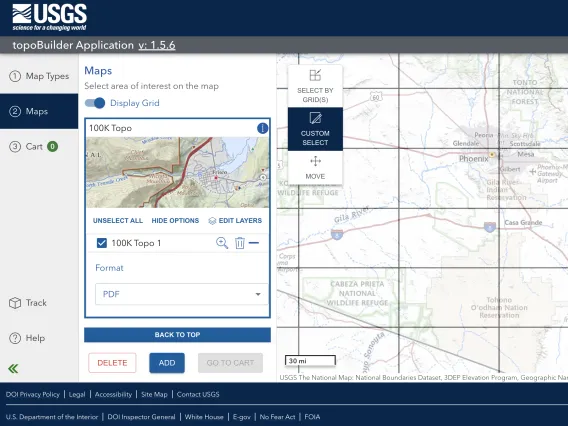Explore Arizona's abundant mineral resources, their economic impacts, and fun, free ways to enjoy Arizona's unique landscape.
Key Economic Minerals Mined in Arizona, USA
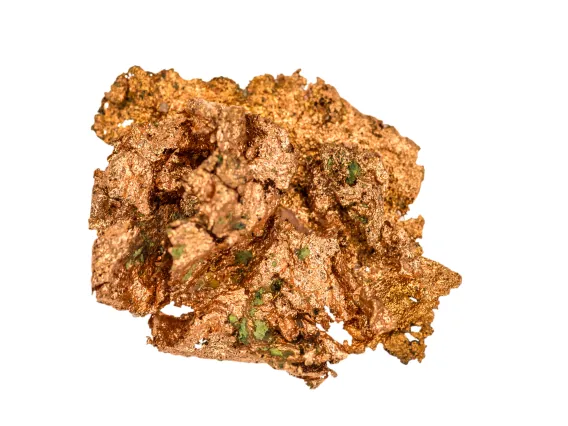
Copper
Essential for electrical wiring, plumbing, telecommunications, renewable energy technologies, and electric vehicles.
Copper mining in Arizona dates back to pre-Columbian times. The modern industry began in the mid-19th century, experiencing substantial growth in the early 20th century due to the industrial revolution. Mines in Bisbee, Jerome, and Morenci solidified Arizona's reputation as a copper powerhouse.
Where is it mined in Arizona?
- Morenci Mine - Largest in North America, located in Greenlee County
- Ray Mine - Known for extensive open-pit operations in Pinal County
- Bagdad Mine - Features open-pit and underground operations in Yavapai County
- Bisbee's Copper Queen Mine - Popular tourist town hosts visitors for underground tours of this historic (non-operational) mine.
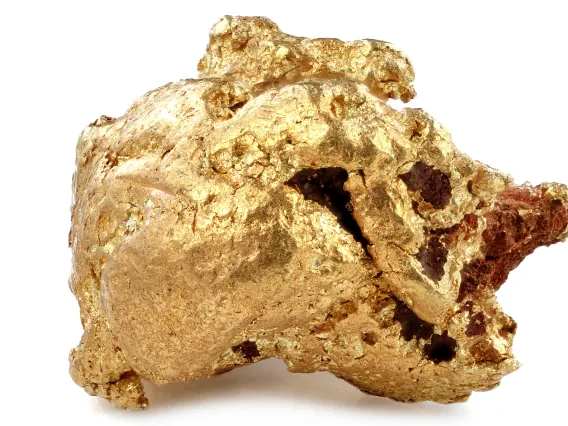
Gold
Used primarily in jewelry, aerospace, and electronics due to its luster, conductivity, and corrosion resistance.
Gold mining began with significant discoveries in the mid-19th century, sparking the Arizona gold rush and establishing mining towns throughout the state. The industry has seen cycles of boom and bust, adapting technological advancements to extract gold from lower-grade ores.
Where is it mined in Arizona?
- Bradshaw Mountains - Significant gold deposits and historical mining operations
- Black Hills - Notable gold production and ongoing mining activities
- Weaver Mining District - Historically known for placer gold deposits
- Wickenburg Area - Much of the placer gold mining in AZ is in this area
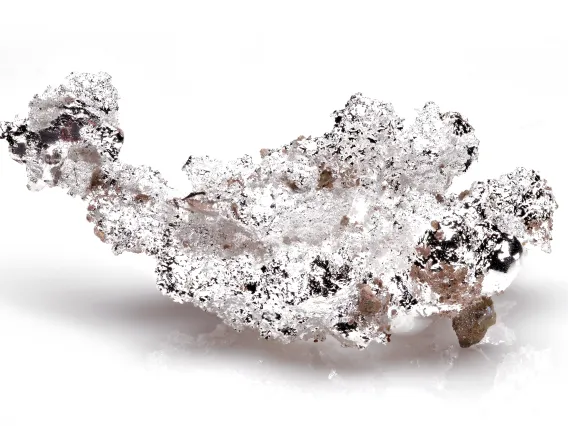
Silver
Used in jewelry, industrial applications like electronics and solar panels, and traditional photography.
Silver mining gained prominence in the late 19th century, with notable deposits near the historic "old west" town of Tombstone, where the Silver King mine still conducts public tours. The industry evolved alongside technological advancements, and remains a significant component of Arizona's modern mining industry.
Where is it mined in Arizona?
- Tombstone District - Significant silver deposits and historical mining operations in a popular tourist destination
- Globe-Miami District - Major center of silver mining activity, among many other economic minerals
- Santa Cruz County - Contains significant silver-bearing mineral deposits
- Hermosa Mine - Soon to be the biggest silver mine in Arizona!

Molybdenum
Essential in steel and stainless steel production for its strength and corrosion resistance, as well as in lubricants and as a catalyst in the petroleum industry.
Molybdenum, a byproduct of copper mining, is crucial for strengthening steel alloys. Mining began in the early 20th century, with major production occurring alongside copper mining at sites throughout the state.
Where is it mined in Arizona?
- Bagdad Mine - Located in Yavapai County, near Bagdad, AZ, this mine opened in 1882
- Sierrita Mine - In the Sierrita Mountains near Tucson, AZ, with underground and open-pit operations
- Pinto Valley Mine - Historic Globe-Miami mining district; one of the largest copper reserves in the world
- Mineral Park Mine - Also produced world-famous "Kingman turquoise;" town of Mineral Park is now a ghost town
Economic Impact
The mining sector is a critical component of Arizona's economy. It creates high-paying jobs, generates considerable tax money, and helps local companies throughout the supply chain. Resource exports contribute significantly to the state's economy, establishing Arizona as a key player in the international resource market.
Learn more about the economic impact of mining in Arizona on the American Mining Association's website.
More of Arizona's Key Economic Minerals
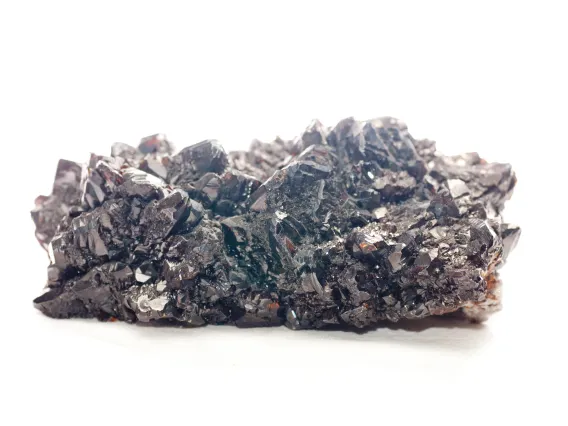
Lead and Zinc
Lead is used for batteries, radiation shielding, and alloys. Zinc is used for galvanizing steel, die-casting, and metal alloys.
Mining began in earnest in the late 19th century, with significant production during World War II for batteries, ammunition, and industrial applications.
Where is it mined in Arizona?
- Cerbat Mountains District - Comprised of around 225 mines; mostly historical mining activity
- Warren Mining District - Most productive district in Cochise County; near-continuous operation since 1878
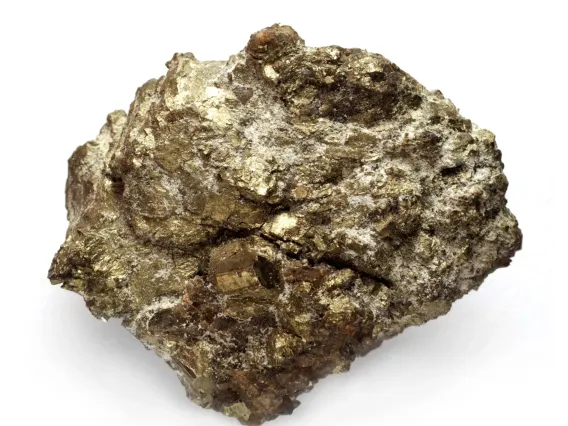
Uranium
Primarily used in nuclear power generation, medical applications, and military technology.
Mining began in the early 20th century, accelerated during the Manhattan Project in the 1940s, and expanded during the Cold War for nuclear energy and military applications.
Where is it mined in Arizona?
- The Arizona Strip - North of the Grand Canyon; uranium has been mined since 1950s Cold War-era
- Pinyon Plain Mine - A new mine, with it's first ore extracted in January, 2024
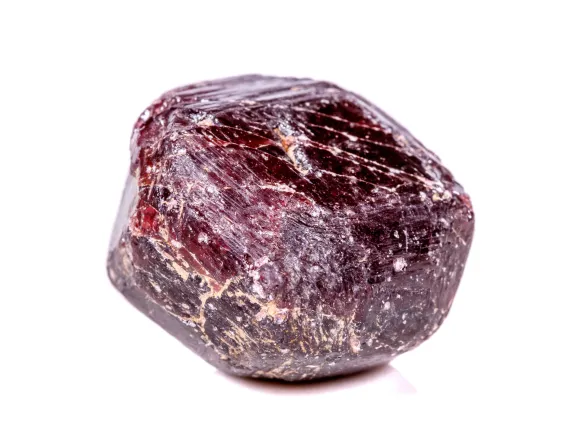
Gemstones
Used in jewelry and ornamental objects, with cultural and historical significance.
Mining dates back to ancient times, with Native American tribes mining turquoise and other gems for many hundreds of years. Spanish and later European settlers further developed mines in the state, discovering deposits like Kingman turquoise, Four Peaks amethyst, and San Carlos Apache reservation peridot.
Where is it mined in Arizona?
- Four Peaks Mine (amethyst)
- Morenci & Mineral Park Mine (turquoise)
- San Carlos Apache Reservation (peridot)
- Four Corners area (garnet)

Industrial Minerals
Explore Arizona Minerals
Take a real or virtual hike through forgotten mine lands, ask a professional Geologist a question, and make your own topographical map, courtesy of the scientists at the United States Geological Survey (USGS).
Your journey of discovery awaits!
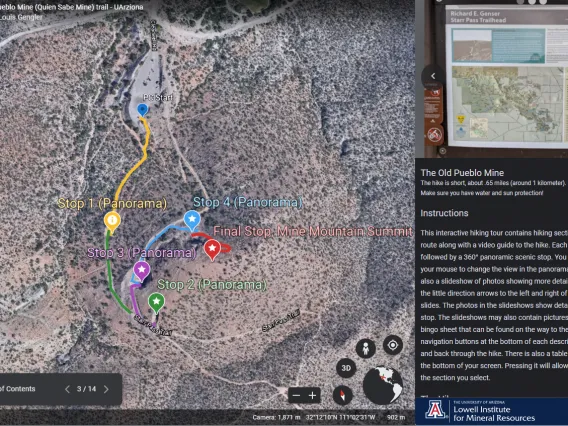
Virtual Hiking Tours
Stuck inside on a hot summer day, or just looking for your next adventure? Try our web-based hiking tours and journey through the history of mining & mineral resources around Tucson, Arizona, USA. Take a real hike using the free Google Earth app, or virtually via the Chrome browser from the comfort of home.
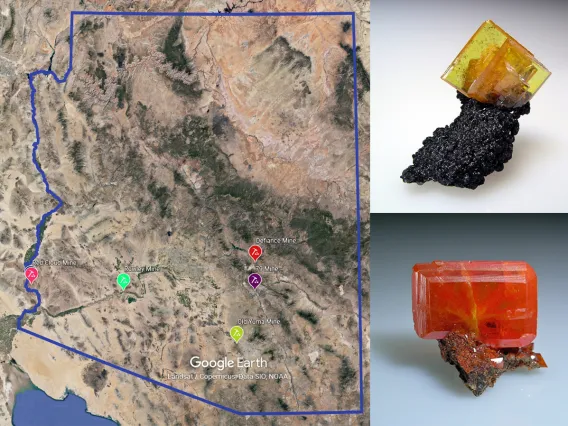
Virtual Mine Tours
Discover the minerals and mines of Arizona from the comfort of your couch! From active mines that provide 66% of all copper mined in the U.S. to historic mines that were the source of museum mineral specimens, these Google Earth web-based tours allow you to explore where Arizona's minerals come from.
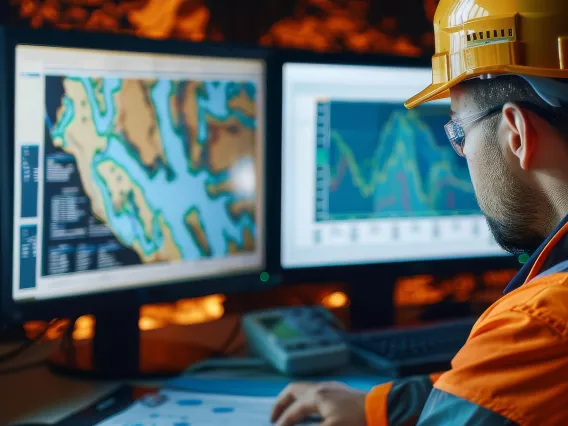
Ask a Geologist
Have an Arizona nature question that's got you stumped? Geologists at the Arizona Geological Survey (AZGS) can help! Check out the FAQ to see commonly asked questions (in case they've already answered yours) and you might get more ideas for topics to explore on your own.


